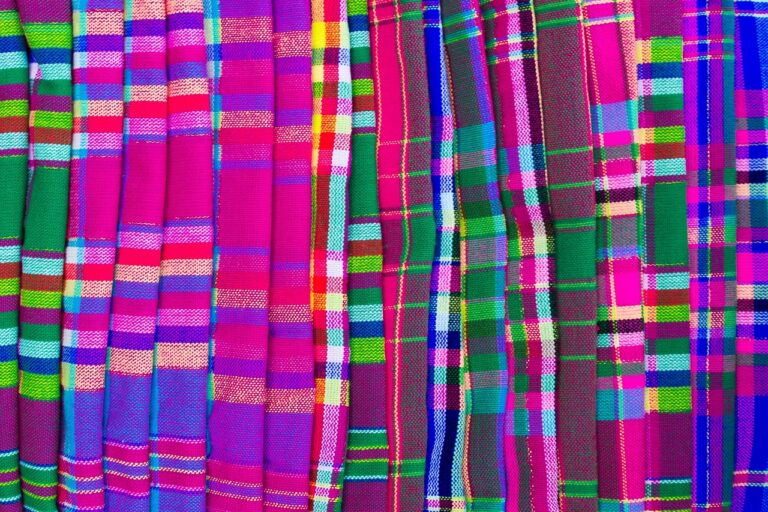The Role of Blockchain in Authenticating Art and Collectibles
Art authentication has been a practice as old as art itself. Throughout history, various methods have been employed to verify the authenticity of artistic works. In ancient times, artists would sign their creations to authenticate them, and certain renowned artists developed distinctive styles that experts could recognize to confirm the legitimacy of a piece. Over time, techniques such as carbon dating, chemical analysis, and even handwriting analysis have been utilized to determine the age and origin of artworks.
During the Renaissance period, the concept of provenance started to gain importance, as collectors began to keep records of an artwork’s history to establish its authenticity. The rise of art auctions and galleries in the 18th and 19th centuries further emphasized the need for authentication, leading to the establishment of organizations dedicated to verifying the authenticity of art. Today, with the advancements in technology and the increasing sophistication of forgeries, art authentication has become a specialized field, involving a combination of scientific analysis, historical research, and connoisseurship to confirm the legitimacy of artworks.
How Blockchain Technology Works
Blockchain technology works by creating a decentralized, secure, and transparent network that records transactions in a chronological chain of blocks. Each block contains data and a unique cryptographic hash that links it to the previous block, ensuring the integrity of the information stored within the blockchain. This immutable structure allows for trustless transactions that are verified by network participants, eliminating the need for intermediaries or central authorities.
When a new transaction is initiated, it is broadcast to the network and validated by multiple nodes through a process called consensus. Once consensus is reached, the transaction is added to the blockchain as a new block, forming a continuous and tamper-proof ledger of all transactions. This distributed nature of blockchain technology ensures that no single entity has control over the network, making it resistant to tampering, fraud, or censorship.
What is blockchain technology?
Blockchain technology is a decentralized, distributed ledger system that records transactions across multiple computers in a secure and transparent manner.
How does blockchain work?
Blockchain works by creating a chain of blocks that contain transactions, which are linked together using cryptographic algorithms. Each block is time-stamped and connected to the previous block, creating a permanent record of transactions.
What are the benefits of blockchain technology?
Some benefits of blockchain technology include increased security, transparency, and immutability of data. It also reduces the need for intermediaries in transactions and provides a more efficient way to verify and track information.
How is blockchain used in art authentication?
Blockchain technology is used in art authentication by creating a digital record of an artwork’s provenance and ownership history. This helps to verify the authenticity of the artwork and prevent fraud in the art market.
Can blockchain technology be hacked?
While no system is completely immune to hacking, blockchain technology is designed to be highly secure. Its decentralized nature and cryptographic algorithms make it difficult for hackers to manipulate the data stored on the blockchain.





